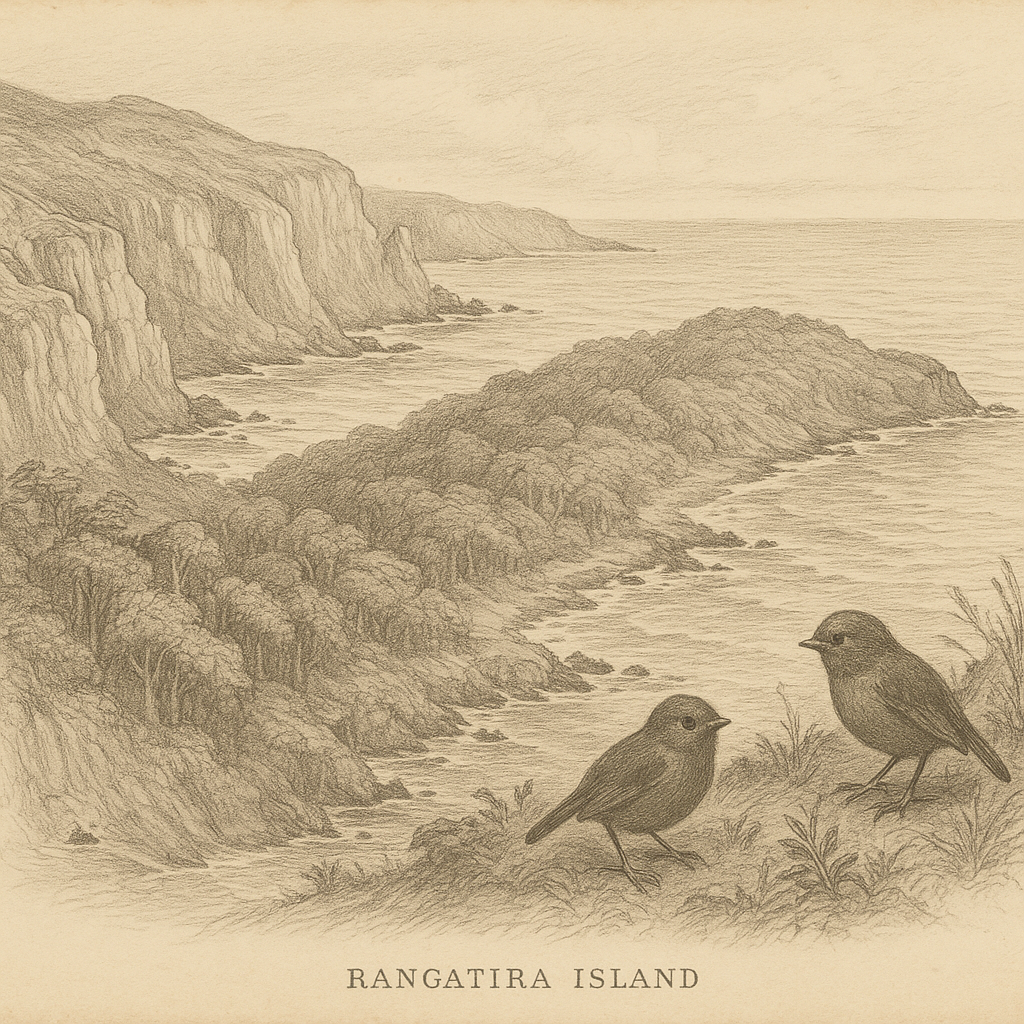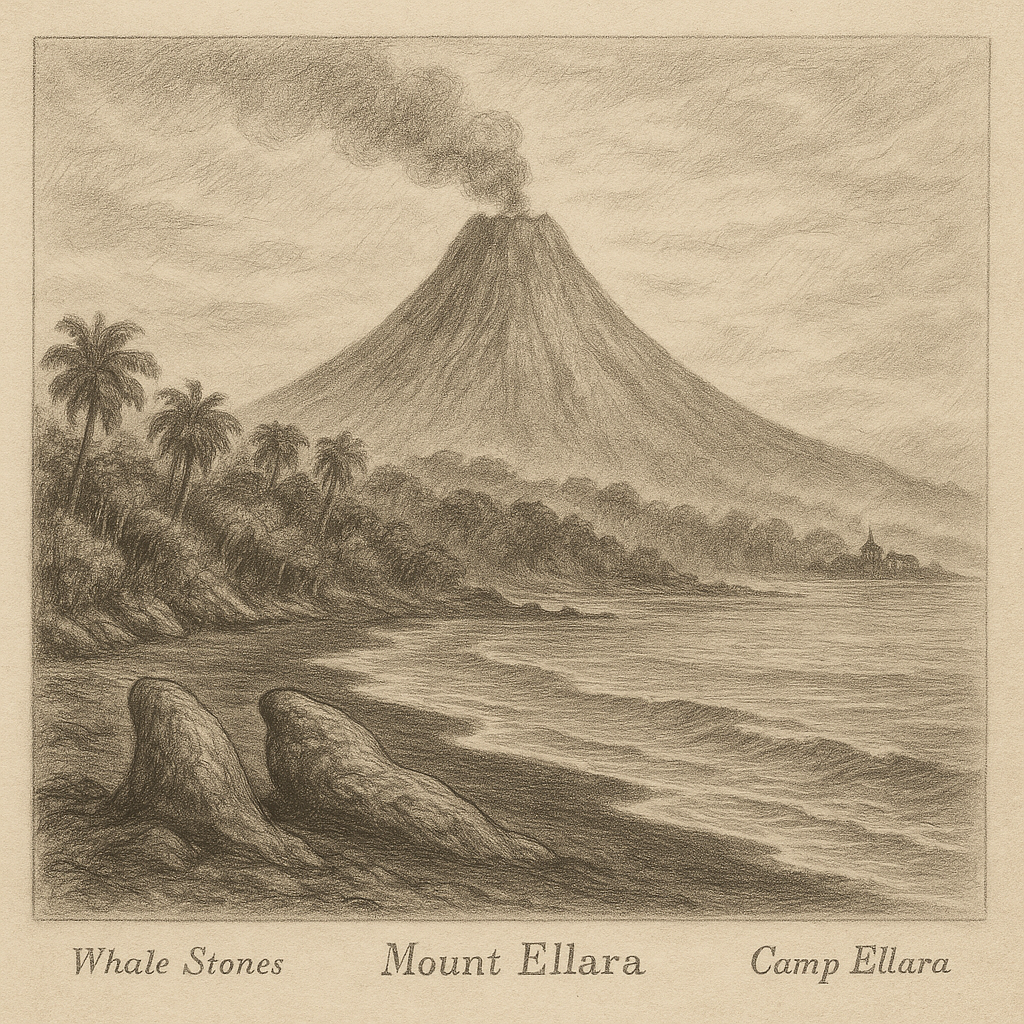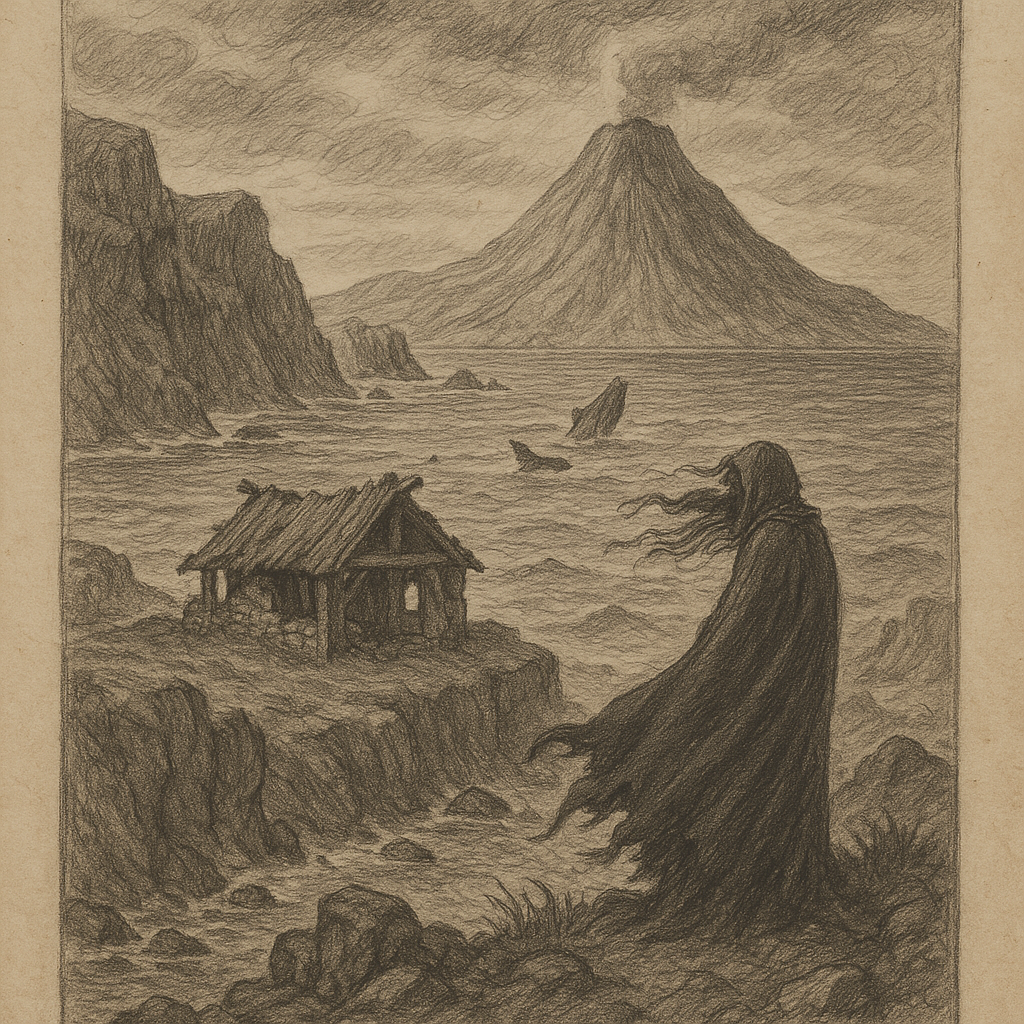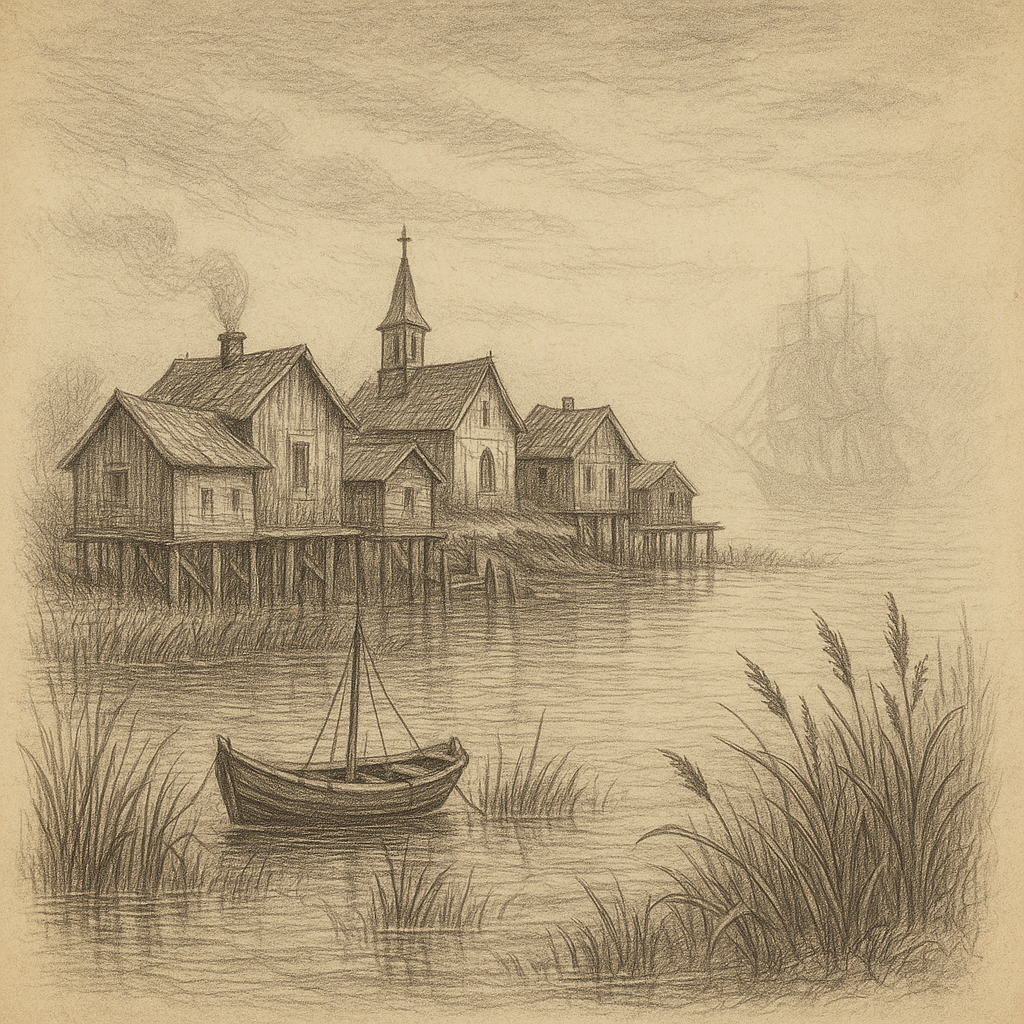Remote and Pristine: Rangatira Island
Rangatira Island, also known as South East Island, is one of the most remote and ecologically significant islands in New Zealand’s Chatham Islands archipelago. Isolated in the South Pacific Ocean, approximately 800 kilometers east of mainland New Zealand, this island is an uninhabited nature reserve that plays a pivotal role in conservation efforts aimed at preserving native flora and fauna.
Location and Geography
Situated southeast of Pitt Island and roughly 55 kilometers southeast of Chatham Island, Rangatira Island encompasses an area of around 2.2 square kilometers. Though small in size, the island’s landscape is dominated by rugged coastal cliffs, forested interiors, and low elevation ridges that rarely rise above 220 meters. Its geographical isolation has contributed significantly to the preservation of rare species and the absence of many introduced predators still found on other islands.
Ecological Importance and Biodiversity
Rangatira Island is internationally recognized as a sanctuary for endangered birds and plants. Under the protection of the New Zealand Department of Conservation, the island has become a critical stronghold for several globally threatened bird species. Among the most notable are the Chatham Island robin and the critically endangered black robin, which was famously saved from the brink of extinction in the 1980s through an intense conservation effort that began with only five individuals, of which just one was a female capable of breeding.
Beyond birds, the island hosts unique land snails, lizards, and a multitude of insect species found nowhere else. The vegetation is predominantly composed of native broadleaf forest, which includes species such as kopi (Corynocarpus laevigatus), mahoe, and matipo. The absence of invasive species like rats, cats, and stoats has enabled native populations to thrive without predation.
Visitation and Conservation Efforts
Due to the island’s fragile ecosystem and pivotal role in conservation, access to Rangatira is heavily restricted. No public tourism is allowed, and only researchers or conservation workers with explicit permits can land on the island. Efforts over the decades have focused on habitat restoration, monitoring of wildlife, and ecological research. Flagship programs such as the black robin recovery are considered global conservation success stories and serve as models for species recovery initiatives.
Current conservation efforts on Rangatira continue to maintain the delicate balance of the island’s ecosystem. Regular surveys, pest control in surrounding islands, and ecological studies are some of the key activities carried out under strict environmental controls. The island offers one of the best examples of what New Zealand’s natural biodiversity might have looked like prior to human settlement.
Interesting Facts About Rangatira Island
Rangatira Island holds a unique place in New Zealand’s natural history:
– It is home to the world’s most remarkable bird conservation story—the rescue of the black robin, led by conservationist Don Merton.
– The black robin population, which had dropped to just five individuals in the early 1980s, now thrives with more than 250 current individuals, all descended from one female, “Old Blue”.
– The island also acts as a secure breeding site for numerous seabird species, including the Chatham petrel and broad-billed prion, whose populations have recovered significantly due to artificial burrow programs and predator-free conditions.
– The absence of permanent human settlement has preserved the natural landscape, making the island an invaluable reference point for scientists studying ecological succession and predator-free environments.
Legends and Cultural Significance
Although uninhabited now, Rangatira holds a place in the oral histories and traditions of the Moriori—the indigenous people of the Chatham Islands. According to legend, the island was once used as a place of spiritual refuge and bird gathering during times of ceremonial significance. Its original Moriori name, “Rēkohu,” which also refers more broadly to the Chatham Islands group, means “misty skies,” evoking the foggy, wind-swept weather often experienced on the island.
Another traditional tale speaks of the island’s sacred trees, believed to house protective spirits that guarded the seabirds nesting there. It was forbidden to hunt on Rangatira without proper ritual acknowledgment, a practice intended to ensure sustainable reverence for nature’s balance. These stories mirror modern conservation ethics and demonstrate a long-standing cultural appreciation for the island’s unique place in the natural world.
Conclusion
Rangatira Island stands as a shining beacon of conservation success, environmental uniqueness, and cultural heritage. Though small and remote, its ecological and historical contributions resonate throughout New Zealand and the broader global conservation community. Protected and revered, Rangatira remains a pristine sanctuary where native wildlife can flourish as nature originally intended, untouched by the modern forces of development and human interference.



